Breeding the perfect racehorse has been a dream of racehorse enthusiasts for centuries. The science behind breeding the best racehorses is complex, but it makes sense when you understand the basics. By carefully analyzing a horse's lineage and studying its performance in competitions, dedicated breeders can create champion horses with superior speed, agility, and endurance.
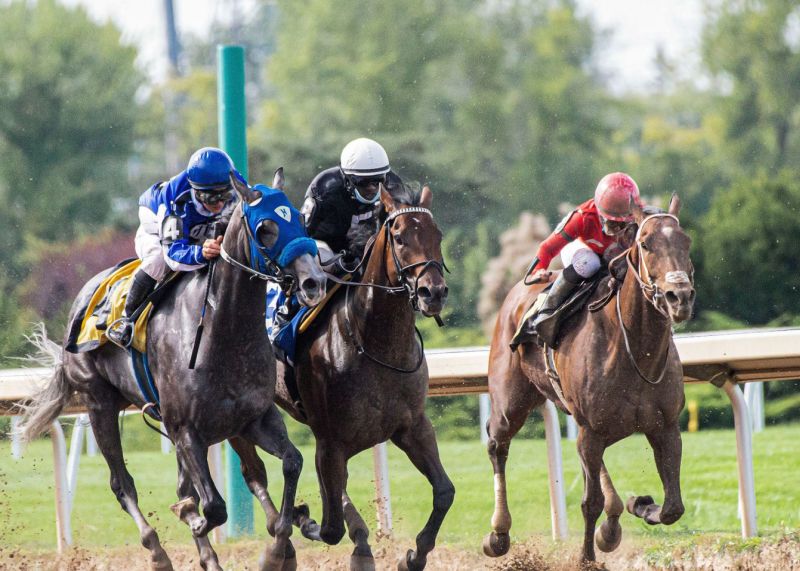 Read on to learn more about the intriguing process of crossing generations of horses to produce the ideal racer, whether you're a fan of racehorses or are just interested in the science behind breeding.
Read on to learn more about the intriguing process of crossing generations of horses to produce the ideal racer, whether you're a fan of racehorses or are just interested in the science behind breeding.
Understanding Genetics and Heritability
The foundation for creating the perfect racehorse lies in genetics and heritability. The study of genetics focuses on how features are passed down through a species' generations. Heritability, on the other hand, refers to how much a trait is passed down from one generation to the next. For example, if a stallion passes on its speed and agility to its offspring, that trait is considered "heritable."
Breeders can make informed decisions on which horses to breed together to produce the best possible prospects in todays races by carefully tracking a horse's lineage and understanding the genetic makeup of its ancestors. This process is often called "linebreeding," and it's a crucial step in creating the perfect racehorse.
Analyzing Performance Data
Once a breeder has identified what traits they're looking for in their ideal racehorse, they can start analyzing performance data. It includes looking at a horse's race results, speed figures, and other performance metrics. Breeders can identify horses that have already won races or performed well on the track and use them as part of their breeding program by studying the data.
This data-driven approach can help breeders identify horses that have the potential to produce superior offspring. By combining the best traits from two or more horses, breeders can create a racehorse with superior speed, agility, and endurance.
Testing and Monitoring
Once the breeding process is complete, breeders must start testing and monitoring their horses to ensure they perform as expected. It includes regular checkups with veterinarians, testing for genetic diseases, and competing in race trials to measure a horse's speed and endurance.
By regularly testing and monitoring the progress of their horses, breeders can ensure they are creating the perfect racehorse. It's also an essential step in preventing any unexpected setbacks or complications from arising.
Making the Right Breeding Decisions
Once breeders have identified which horses to use in their breeding program, they can decide which ones will be paired. This process requires an understanding of equine genetics and heritability, as well as an in-depth knowledge of the horse's lineage. By carefully selecting the right pair of horses, breeders can create the perfect racehorse with the best chance of winning.
Furthermore, breeders must also consider the environment in which their horses are raised. Good nutrition, exercise, and proper care are all essential elements to consider when creating a champion racehorse. It's also important to remember that creating a perfect racehorse takes time and dedication, so breeders must be patient and devoted to their cause.
The Future of Breeding Racehorses
As technology advances, so does the science behind breeding racehorses. With advancements in genetics and data analysis, breeders can now access more information about a horse's lineage. It has revolutionized the breeding process and made it easier for breeders to create superior racehorses.
The future is looking bright for those looking to breed the perfect racehorse. Dedicated racehorse enthusiasts can now create champion horses with unprecedented speed, agility, and endurance with improved technology, more data, and a better understanding of equine genetics. With the proper care and dedication, anyone can create the perfect racehorse.
Creating a Champion Horse
After analyzing performance data and studying genetics, the next step is selecting two horses to produce a champion. It requires an expert eye, an understanding of horse breeding, and extensive knowledge of equine genetics. Experts use their understanding of heritability to identify which traits are likely to be passed on from sire to offspring and which are not.
Once the breeding pair is selected, the breeder will monitor the mare closely during gestation and carefully manage both horses until they're ready for competition. With a combination of science and skill, breeders can create champion racehorses that perform at their peak on the track!
Creating a Legacy
The ultimate goal of any breeder is to create a legacy. It means creating racehorses that become champions and sires with their successful progeny. By understanding heritability and using data-driven insights, breeders can identify horses that have the potential to become great sires and produce generations of winners.
Creating a legacy is no easy feat, but it's achievable with the right combination of science and skill. It takes dedication and commitment, but with the right tools, any breeder can create a champion racehorse that will leave an enduring legacy.
Conclusion
Creating a champion racehorse is no easy task but it can be achieved with the proper science, skill, and dedication. Breeders must understand equine genetics and heritability, monitor their horses closely, and select the perfect breeding pair to produce an exceptional racehorse.
The future of racehorses looks bright as technology advances and more data becomes available for breeders. With the right knowledge and care, anyone can make their dream of creating a champion racehorse come true!

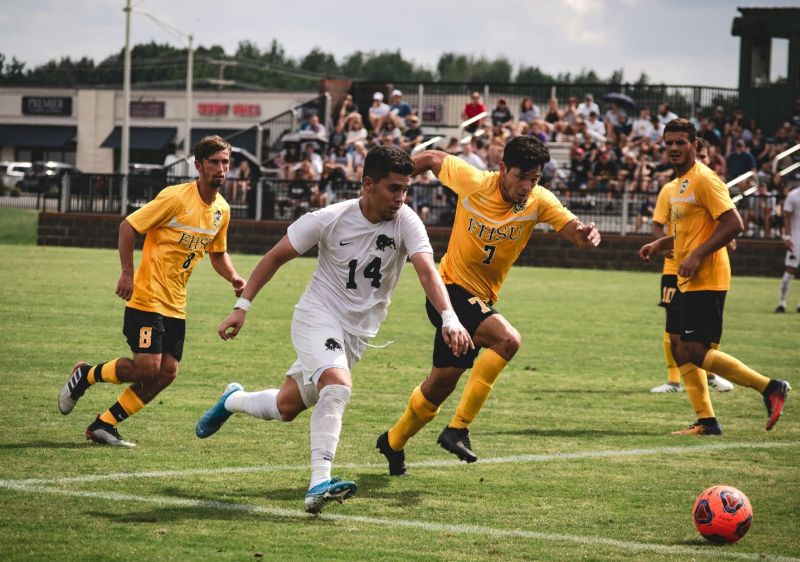

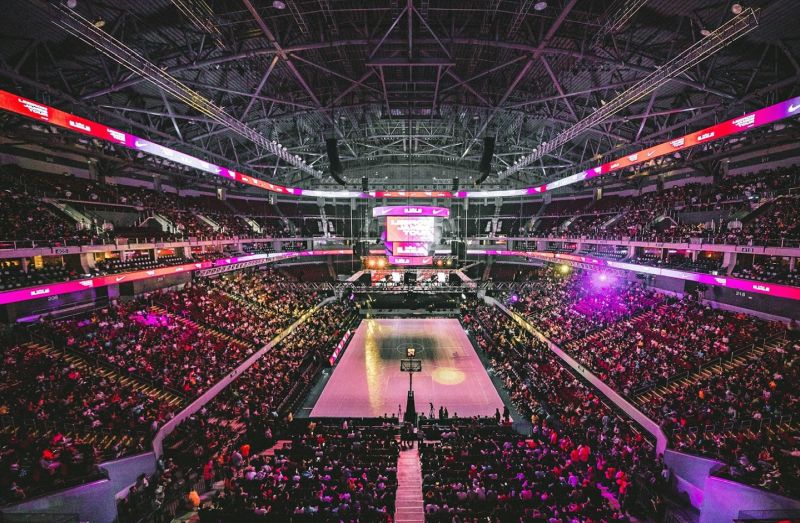


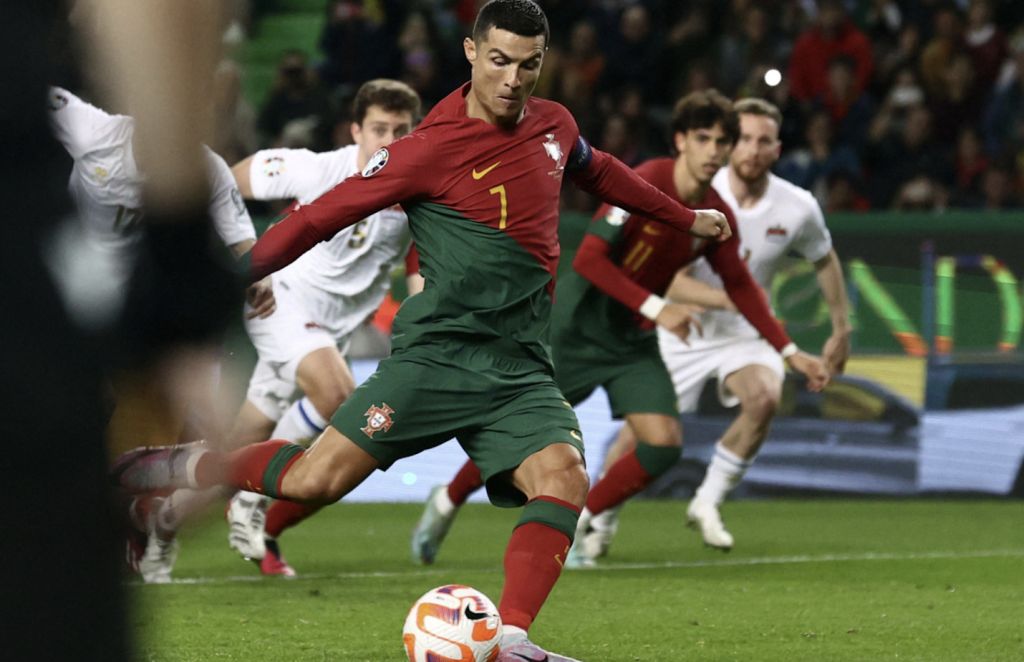

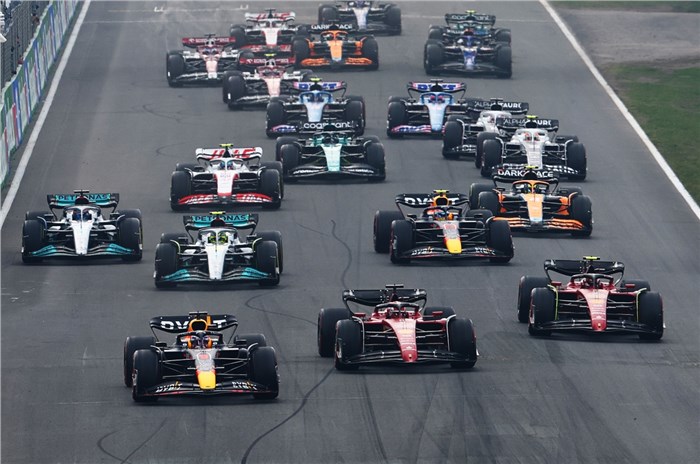





















.png?v=1.014689135)





